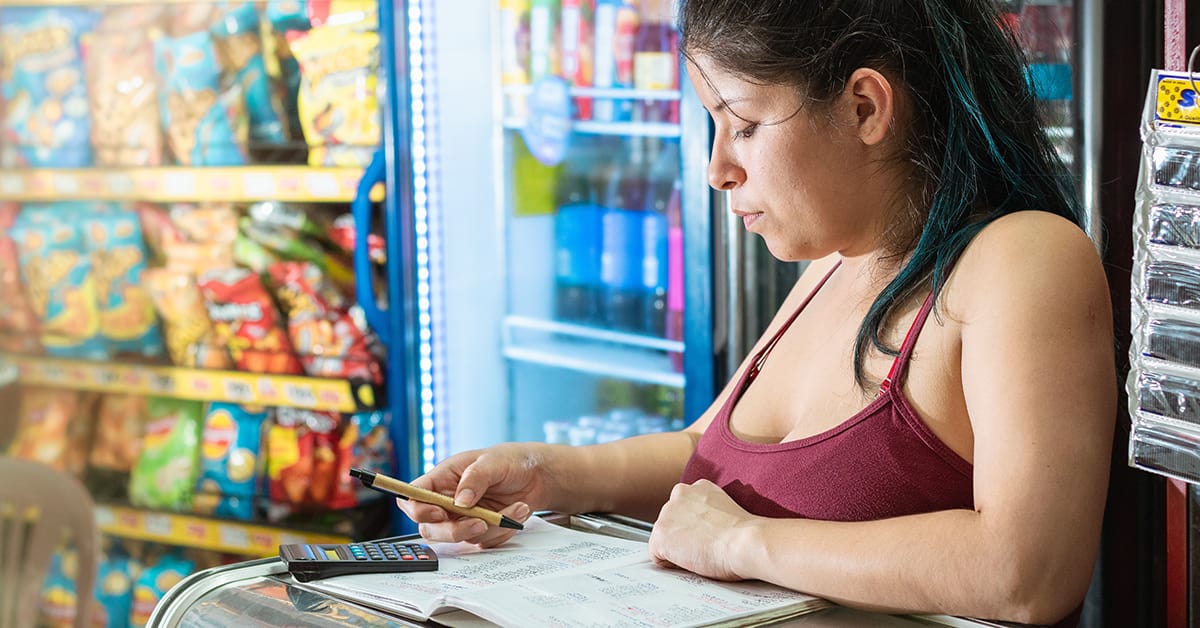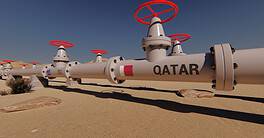If it looks like stagflation, acts like stagflation, it's not necessarily stagflation.

While most of the developed world enjoyed record levels of economic activity on the back of supportive central bank policies last year, Latin America and the Caribbean navigated a very different scenario. With a toxic combination of currency devaluation, high inflation and persistent unemployment, the region seems to have taken the brunt of the pandemic crisis, struggling to stage a complete rebound from 2020.
For full year 2021, Latin America’s combined GDP grew 6.9%, with an average of 4.3% consumer price inflation and a 10% unemployment rate, according to the World Bank. Those numbers were insufficient to make up for 2020’s average 7% drop in GDP.
Now, with the International Monetary Fund forecasting a growth rate of only 3% in 2022, the debate over whether the region is heading for stagflation—if not already there—grows by the day. The technical definition of “stagflation” is a combination of persistently high inflation, slowing economic growth and high unemployment. Despite the gloomy macroeconomic backdrop, most analysts remain hesitant to officially declare such a situation for the region.
Unlike the US, Latin America maintained growth during the first two quarters of the year—even if at a slowing pace, Dev Ashish, Societe Generale’s Latin American economist, explains.
“High inflation for a rather extended period together with falling growth expectations for coming quarters give the impression of stagflation,” Ashish says. “However, we do not see major economies slipping into outright contraction anytime soon despite tightening financial conditions.”
The region’s main economies have underperformed in 2021 and are expected to continue doing so in 2022. According to Deloitte, Brazil and Mexico have a predicted growth rate of 0.7% and 1.8%, respectively, in 2022.
On the other hand, Argentina (10.4%) and Colombia (10.7%)—two of Latin America’s growth leaders in 2021—are forecast to continue outperforming in 2022, growing 4.0% and 6.3%, respectively. The other two regional winners last year, Peru and Chile, should witness a significant slowdown in 2022.
Central America, meanwhile, has been the clear winner since the pandemic, having grown 11% on average last year, with a projected growth rate of 4.7% in 2022.
Currency Crisis and Monetary Tightening
Tight monetary conditions are a key factor behind slower-than-average economic activity in Latin America. After pressuring their debt-to-GDP ratios to counter the effects of the Covid-19 pandemic, the region’s leading economies began to witness hefty currency devaluation and high inflation rates.
To counter those effects, central banks started raising interest rates as early as January 2021—and have continued to tighten monetary conditions up to now. During that period, Brazil brought base interest rates from a beaming 2% to 13.75%, while the Central Bank of Argentina hiked interest rates from 38% in January 2021 to a current 69.5% in August 2022.
The move did succeed in cooling off currency devaluation in most cases. For example, the Brazilian real is one of the few currencies in the world to have gained ground against the US dollar this year, up roughly 7%. The Mexican peso is about even with the US-backed currency for the same period—a notorious fact given that the dollar is hovering near its highest level in 20 years.
“The accelerated pace in which many countries in the region hiked their interest rates does appear to be working. In July 2022, Brazil saw the smallest monthly inflation increase in nearly two years. The Brazilian central bank has already announced that it is reaching the end of its tightening cycle, a sign that they believe that peak inflation has passed,” says Arthur Deakin, director of Energy at Americas Market Intelligence.
Now, as the US and Europe face multiple challenges against the backdrop of aggressive monetary tightening from their central banks and persistent inflation, Latin America and the Caribbean are in a position to say: ‘you are late to the party.’
“There is a high likelihood that Brazil, among the first set of countries to see inflation acceleration and begin the tightening cycle in early 2021, could also be among the first set of countries to begin easing. However, things are not the same for other economies, which still face significant inflationary pressure,” adds Ashish.
Commodity Supercycle
Another trend holding some economists from declaring stagflation in the region is the continuation of the commodity supercycle well into 2022 due to the war in Ukraine. Fitch Ratings recently issued a note saying that the region’s economies have been performing “better than expected so far this year.”
“The upper echelons of a commodity cycle have allowed Latin American economies to mostly keep growing through the end of 2021 and into 2022, albeit at a slower pace,” Deakin says.
However, due to increased monetary tightening in the world’s leading economies, many of the region’s main exports have already begun to subside, adding further pressure on projected growth.
Corporate Expectations
Many of the region’s corporates are preparing for the challenging scenario ahead by hedging supply costs to counter commodity price volatility and lowering future investments to secure stronger balance sheets in the face of weaker demand.
“Investment momentum is not uniform across the region but faces rising costs and weaker demand in the coming quarters,” Ashish says. However, corporate margins appear resilient for the near term.
“Costs have risen this year, but the pricing power of corporate remains strong with demand still growing. Profit estimates have improved along with high nominal GDP growth [for 2022],” he adds.
Companies with solid balance sheets from last year’s economic rebound are also deploying cash in order to find solutions for the current macroeconomic backdrop: “Many of the region’s corporates are seeking to guarantee the long-term supply of raw materials, at relatively fixed rates, to overcome the supply chain challenges and the increasing inflationary environment. We see this with big energy consumers and suppliers signing long-term LNG agreements. Near-shoring is also a growing trend, especially as companies seek to cut costs by finding cheaper labor and raw materials,” explains Deakin.
Still, Deakin expects some sectors will benefit from the current trend.
“Naturally, industries that are less sensitive to inflation are the ones that will benefit from the current environment,” he says. “This includes metals and energy companies, which often don’t deal directly with consumers but will continue to experience growing demand for their goods.”
In the banking sector, loan defaults remain nearly stable, despite higher interest rates, mostly due to a recovering labor market. However, there are still risks on the horizon.
“The outlook for the banking sector is largely linked with regional growth, rising credit costs, and the broader financial conditions, which are tightening. The financial stress appears largely manageable, but growth opportunity might decline going forward,” Ashish says.
Politics and Future Projections
Mexico, Bolivia, Peru, Argentina, Chile and Colombia all shifted to the left politically. The election in Brazil, scheduled for the beginning of October, may complete a regionwide pivot in political stance. Former left-wing President Luiz Inácio Lula da Silva currently holds a double-digit lead in the election polls.
While the economic impacts of such a policy change remain unclear, the current uncertainty has made foreign investors hesitant, further damaging growth expectations.
“The political and policy uncertainties, the commodity cycle and rising borrowing and input costs will have an incrementally negative impact on corporate activities in the region,” Ashish adds.
Call it stagflation or not, the region’s investors, corporates and governments are likewise bracing for a difficult period in which high inflation, low growth and persistent unemployment should continue to dampen the business climate.
“Inflation must slow in 2023 and beyond, and global the economy must recover from the combined pitfalls of inflation and tight financial conditions to add to LatAm trade and growth,” Ashish says.



